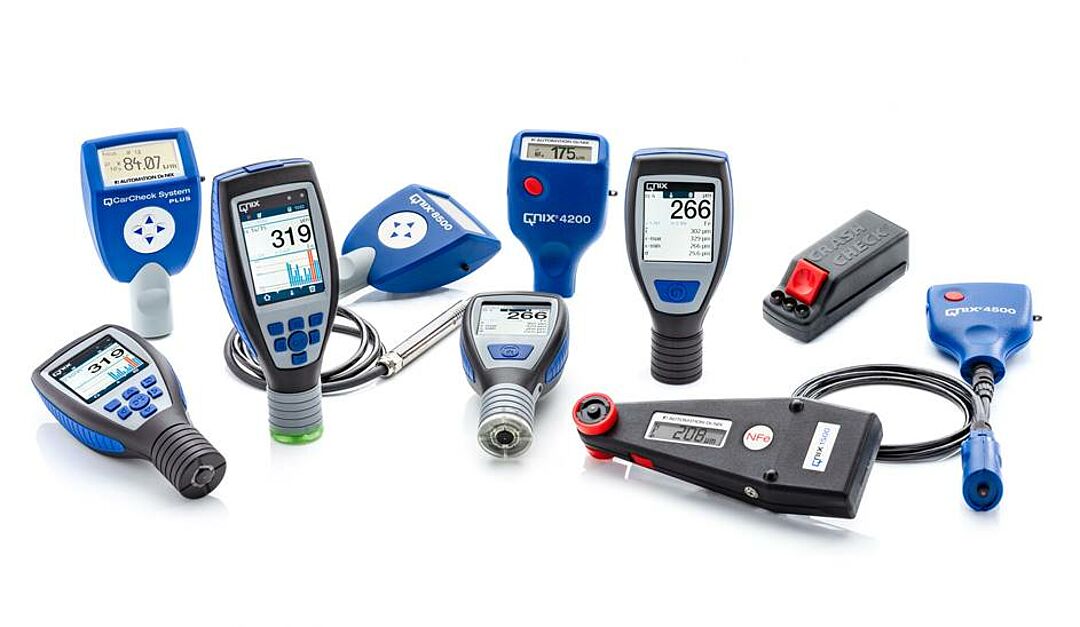
Read on, use our support form or give us a call – we will be happy to advise you: +49 (0)221 91 74 55-0
Non-destructive, tactile coating thickness measurement on metallic substrates can be roughly divided into two measurement methods:
QNix® offers a wide range of coating thickness gauges and probes for many applications. All common measurement methods are used:
Are you interested in our coating thickness gauges?
We will be happy to send you a non-binding offer.
Automation Dr. Nix GmbH & Co KG
Robert-Perthel-Strasse 2
50739 Cologne
Phone: +49 (0)221 91 74 55-0
Fax: +49 (0)221 91 74 55-29
info@automation.de